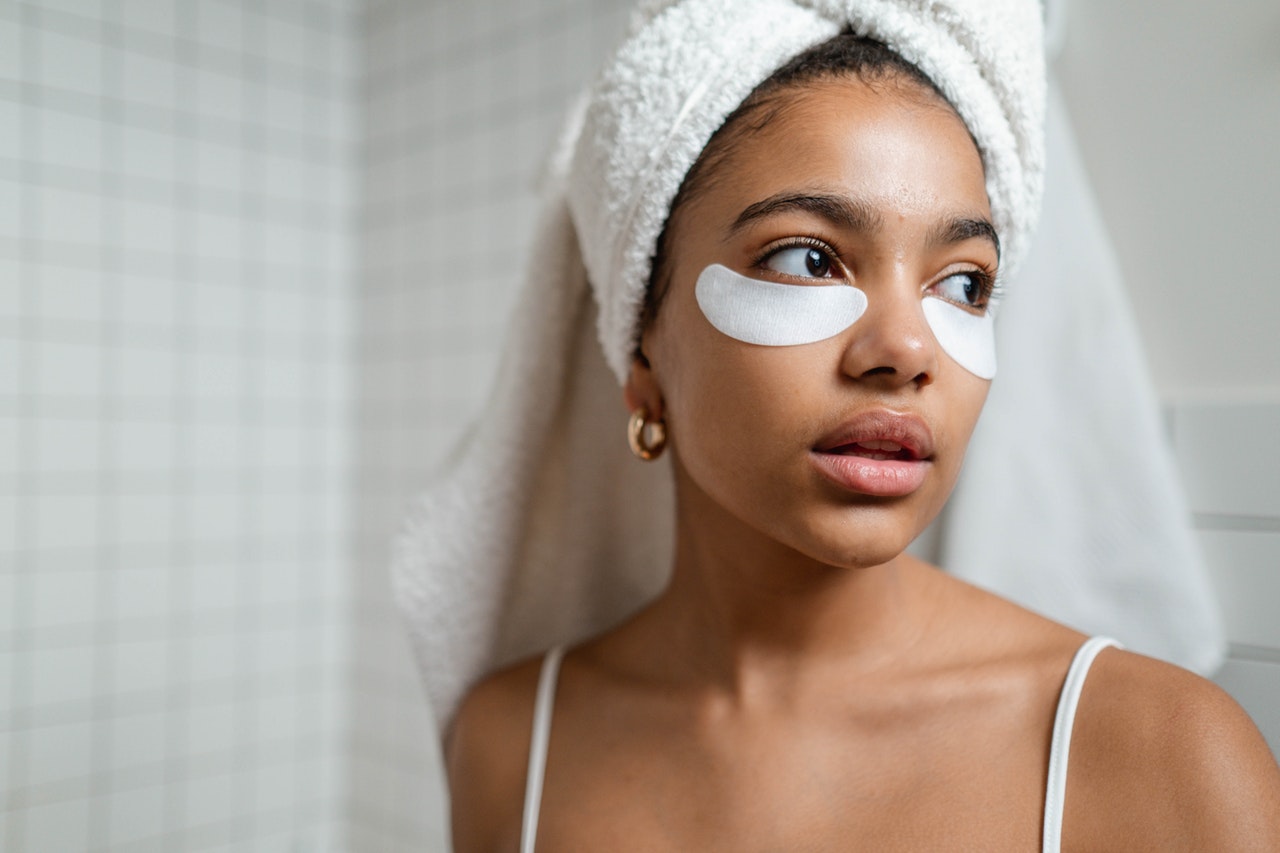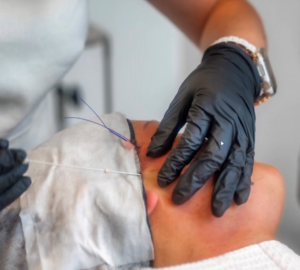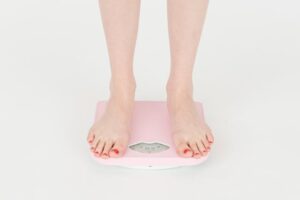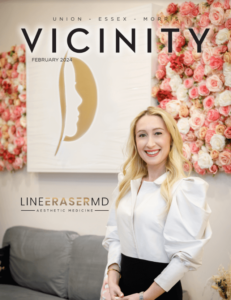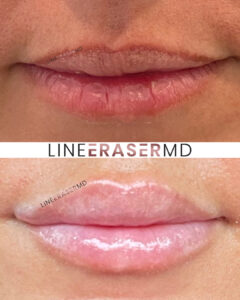Wrinkles are one of the most popular areas of treatment in aesthetic medicine today since they are inherent to nearly every person over the age of 20. As we mature, a combination of fine lines and wrinkles tend to appear on the areas we most often use – most prominently on our eyes. This is a normal sign that the skin cells beneath are losing collagen, which occurs naturally as we age.
Colloquially known as crow’s feet, they tend to make people look older, more tired and are usually accompanied by dark circles which make the face appear fatigued. Luckily, there are ways to affordably and dramatically reduce their appearance, and ultimately give the face a more youthful glow.
The most popular treatments for under-eye wrinkles are Botox and fillers. But is there a difference between the two, and is either one more effective?
How Does Botox Work for Under-Eye Wrinkles?
Botox injections are one of the most used treatments today, used to treat everything from chronic migraines to muscle spasms, and excessive arm sweating. Botox contains an active drug called neurotoxin, which blocks signals from the nerves to the muscles, ultimately making the injected muscle unable to contract.
When it comes to under-eye wrinkles, Botox is never injected directly into the under-eye area, as the skin is very gentle. Instead, it treats the muscle near the eye but it fundamentally has the same final effect, which is the relaxation and softening of wrinkles while also firming up the face.
Botox Procedure for Under-Eye Wrinkles
This procedure is non-invasive, which means there is no need for general anesthesia, no downtime and non-surgical. It’s also a quick and short procedure and lasts only a couple of minutes. Botox is injected into the muscle area around the eyes and left to rest. No recovery time is required post-procedure.
Generally, it takes anywhere between 10 to 14 days to see the full effects of the Botox injections. The most important step during this time is to be gentle around the eye area for the best possible results and also to prevent the Botox from spreading into other areas of the face.
The effects of a Botox treatment for under-eye wrinkles will last anywhere between 3 to 6 months. For the results to be most effective, several treatments are needed once the Botox wears off and wrinkles start reappearing.
Under-Eye Wrinkle Botox Side Effects
While not severe, a Botox injection may cause some side effects. Most are mild and range from bruising at the injection site to eye redness, irritation or headaches, and go away on their own within two weeks. Make sure to consult with your primary care provider before receiving the treatment if you are:
- Pregnant
- Nursing
- Have skin issues from scarring or acne
- Have a type of neuromuscular disease
How Does Filler Work for Under-Eye Wrinkles?
Under-eye filler or dermal filler is a gel injection that uses hyaluronic acid (HA) to improve the appearance of sunken, hollow, and dark under-eye areas. Hyaluronic acid is a sugar molecule that is found in our skin. It’s a type of humectant that draws moisture, binding water, and collagen under the skin, which in turn makes it more hydrated and thus brighter and plumper.
Dermal fillers come in different forms but all are ultimately injected into the skin. Like Botox, they cannot be inserted directly into the under-eye area, rather, the skin closest to the eye area.
Under-eye Filler Procedure
The process for getting dermal fillers is short and painless. There is no need for general anesthesia since it’s non-invasive, however, numbing creams and local anesthetic on the face is used. The procedure usually takes around 30 minutes.
Depending on the approach, the tools used may differ in size, but the final result remains the same. Moreover, there are different types of fillers on the market, meaning results may vary. Nonetheless, the effects of dermal fillers are instantaneous. For the most long-lasting and effective results, maintenance treatments are recommended. They typically last anywhere between 9 months to 1 year.
Dermal Filler Side Effects
Under-eye wrinkle injections can come with a larger number of side effects, though most of them range from mild to moderate. They tend to go away on their own within a few weeks. The more common side effects of dermal fillers are bruising, itching, numbness, redness, and sores, while some people may experience more moderate side effects like long-term swelling, which can usually be aided with ice packs.
A Final Choice
When it comes to choosing what to get when you want crow’s feet to fly away for good, it’s important to assess the area you want to treat. For volume gain and a more long-lasting result, dermal fillers are typically recommended while Botox works to completely freeze the wrinkle area and carries fewer risks of side effects.
Both are often used as complementary treatments and used in combination. However, caution is warranted before attempting any such fusion of procedures. This is where choosing the right professionals can help you in achieving the safest and most effective results.
Dr. Carol Eisenstat has been working for years with patients at Line Eraser MD to collaborate on everything from the approach and types of tools used to the medicine and FDA-approved injectables for those seeking a natural result. Book an appointment to receive the most suitable treatment for yourself!
